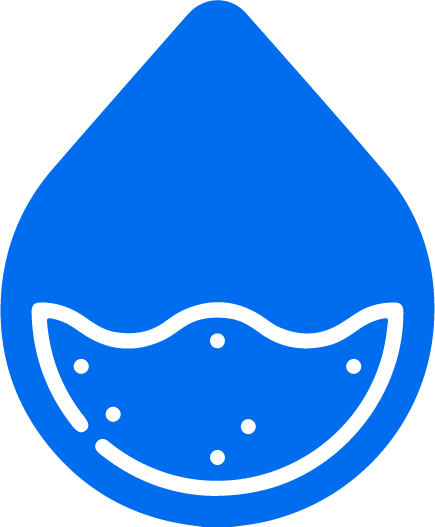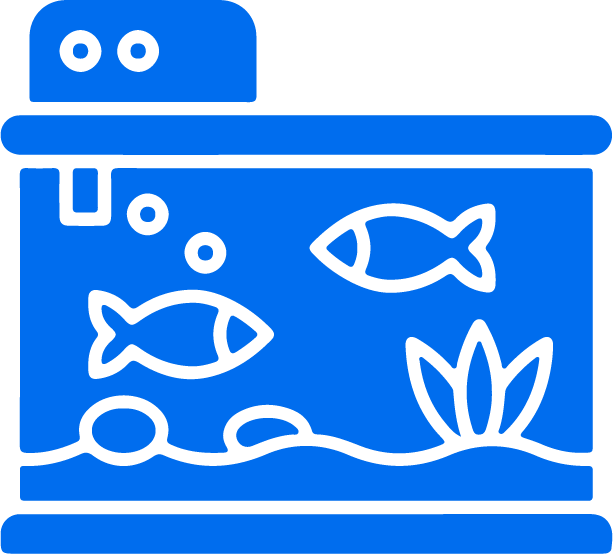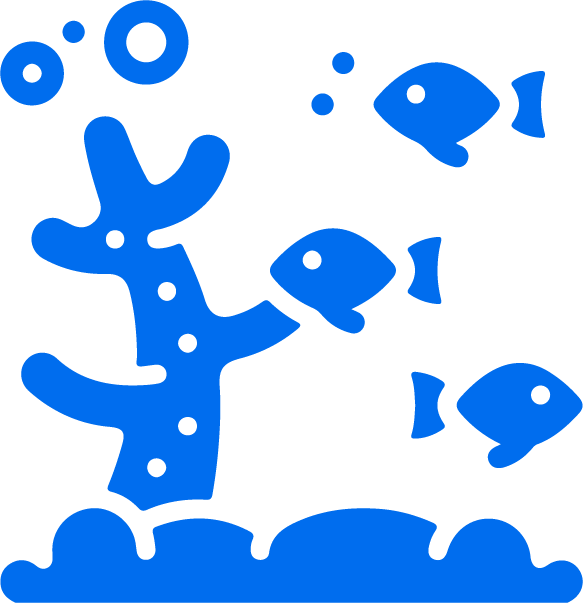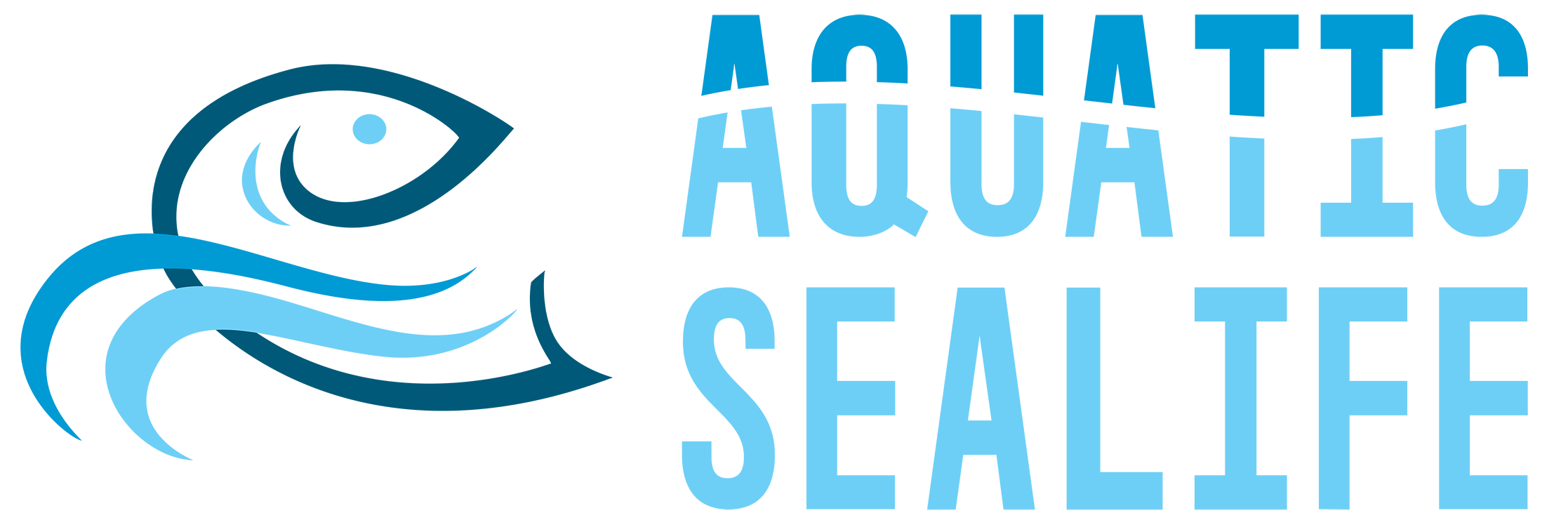
Arrive Alive Guarantee
At Aquatic Sealife, we stand behind the quality of our marine livestock and offer an Arrive Alive Guarantee for all purchases. In the unlikely event that any of our livestock perish during transit, we will issue a credit or refund for the full purchase price of the animal. To ensure the best possible outcome for your new aquatic pets, we recommend following our acclimation procedures once they arrive.
5 Day Stay Alive Guarantee
In addition to our Arrive Alive Guarantee, we also offer a 5 Day Stay Alive Guarantee. This guarantee applies to all marine livestock purchased from Aquatic Sealife and covers any losses that occur within the first 5 days of ownership. Please note that this guarantee does not cover losses due to improper acclimation or care.
Aquatic Sealife Suggested Acclimation Procedures
Acclimating new marine livestock to your aquarium is a critical step in ensuring their long-term health and wellbeing. At Aquatic Sealife, we recommend following our suggested acclimation procedures to give your new pets the best possible start in their new environment.

Why Acclimate?
Acclimating your new marine livestock is essential to help them adjust to the differences in water chemistry, temperature, and other environmental factors between their previous home and your aquarium. Skipping the acclimation process can cause undue stress to the animal and increase the likelihood of illness or death.
Drip Line Method
One of the most effective ways to acclimate saltwater aquarium fish is through the drip line method. This process involves slowly adding small amounts of aquarium water to the shipping bag over a period of several hours, allowing the fish to adjust to the new environment gradually.
The Pros of Proper Acclimation
- Reduce stress
- Improve health
- Better compatibility
- Longer lifespan
The Cons of Improper Acclimation
- Increase stress
- Illness and death
- Compatibility issues
- Pathogen introduction
Acclimation Instructions
To acclimate your new marine livestock, we recommend the following steps:
1
Turn off the aquarium lights and float the shipping bag in the aquarium for 15-20 minutes to allow the temperature of the water in the bag to adjust to that of the aquarium.
2
Open the bag and add a small amount of aquarium water to the bag. Wait 10 minutes and repeat this step two or three times.
3
Discard the water in the bag and do not add it to the aquarium.
4
Monitor the new arrivals closely for the first 24-48 hours to ensure they are acclimating properly.
5
Monitor the new arrivals closely for the first 24-48 hours to ensure they are acclimating properly.
Tips:
1
Use a quarantine tank to separate new arrivals from established tank residents for the first few weeks to minimize the risk of disease transmission.
2
Monitor water parameters closely during the acclimation process and make adjustments as needed to ensure a smooth transition for your new pets.
3
Always acclimate new marine livestock to your aquarium, even if they appear healthy and active.
4
Consult with a professional aquarium specialist if you have any questions or concerns about acclimating new marine livestock.

Aquatic-Sealife offers a wide variety of marine livestock for your aquarium, including fish, coral, and invertebrates. To view the selection of marine livestock, please visit the Livestock page. Proper care and maintenance of your aquarium are essential to the health of your marine livestock. For tips on aquarium maintenance, please visit the Aquarium Care page. Aquatic-Sealife also offers a selection of aquarium equipment and supplies, including lighting, filtration, and protein skimmers. To view the selection of aquarium equipment, please visit the Equipment page.











